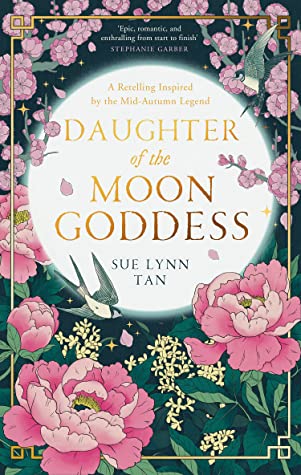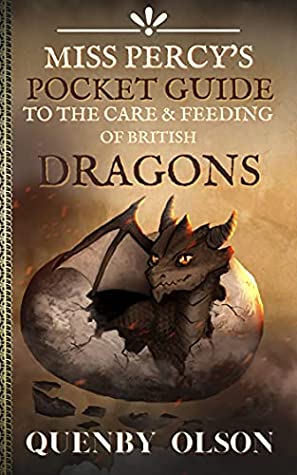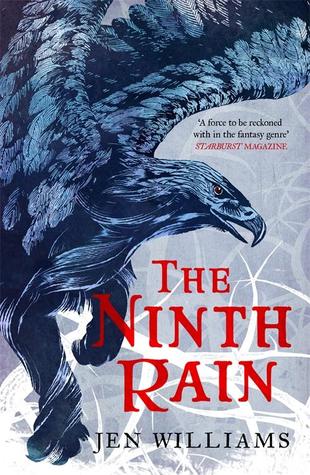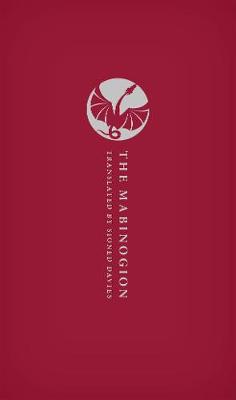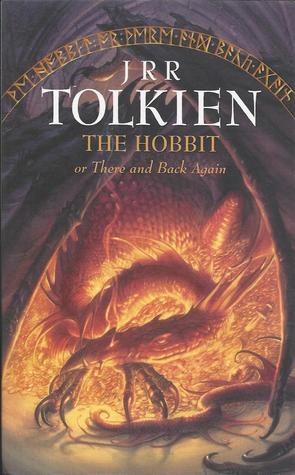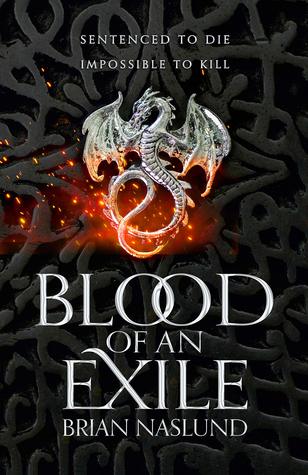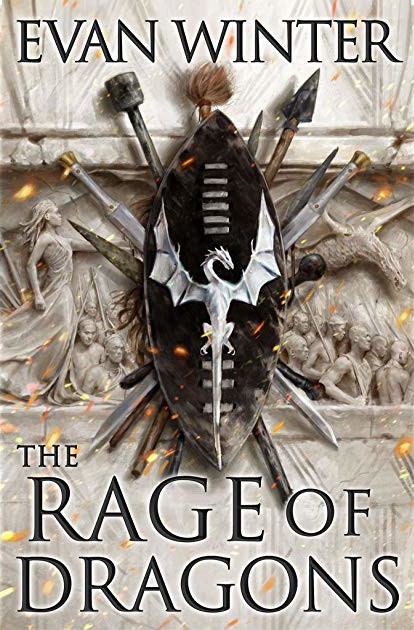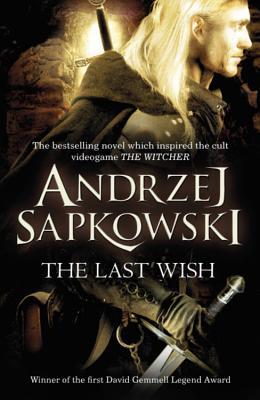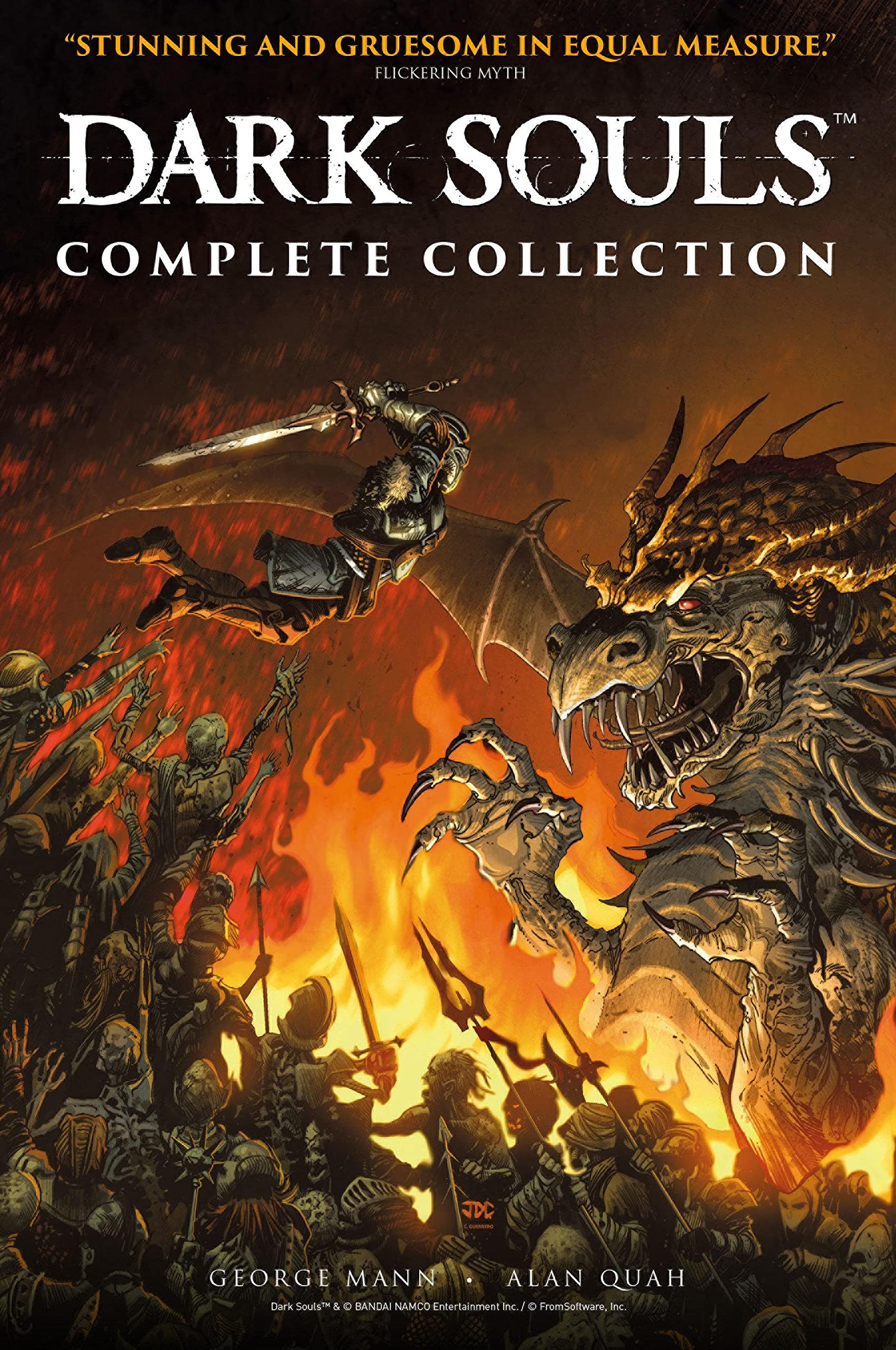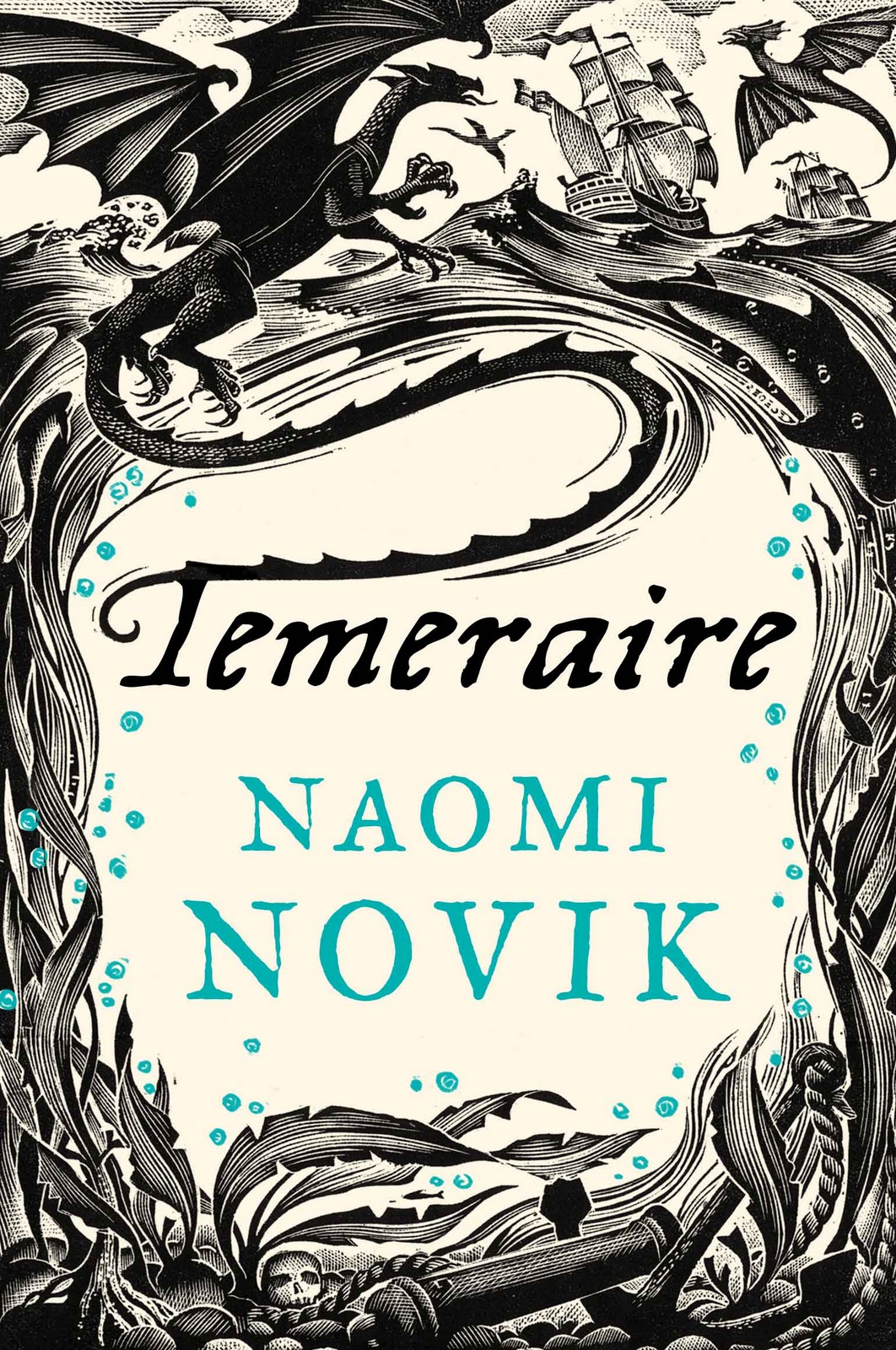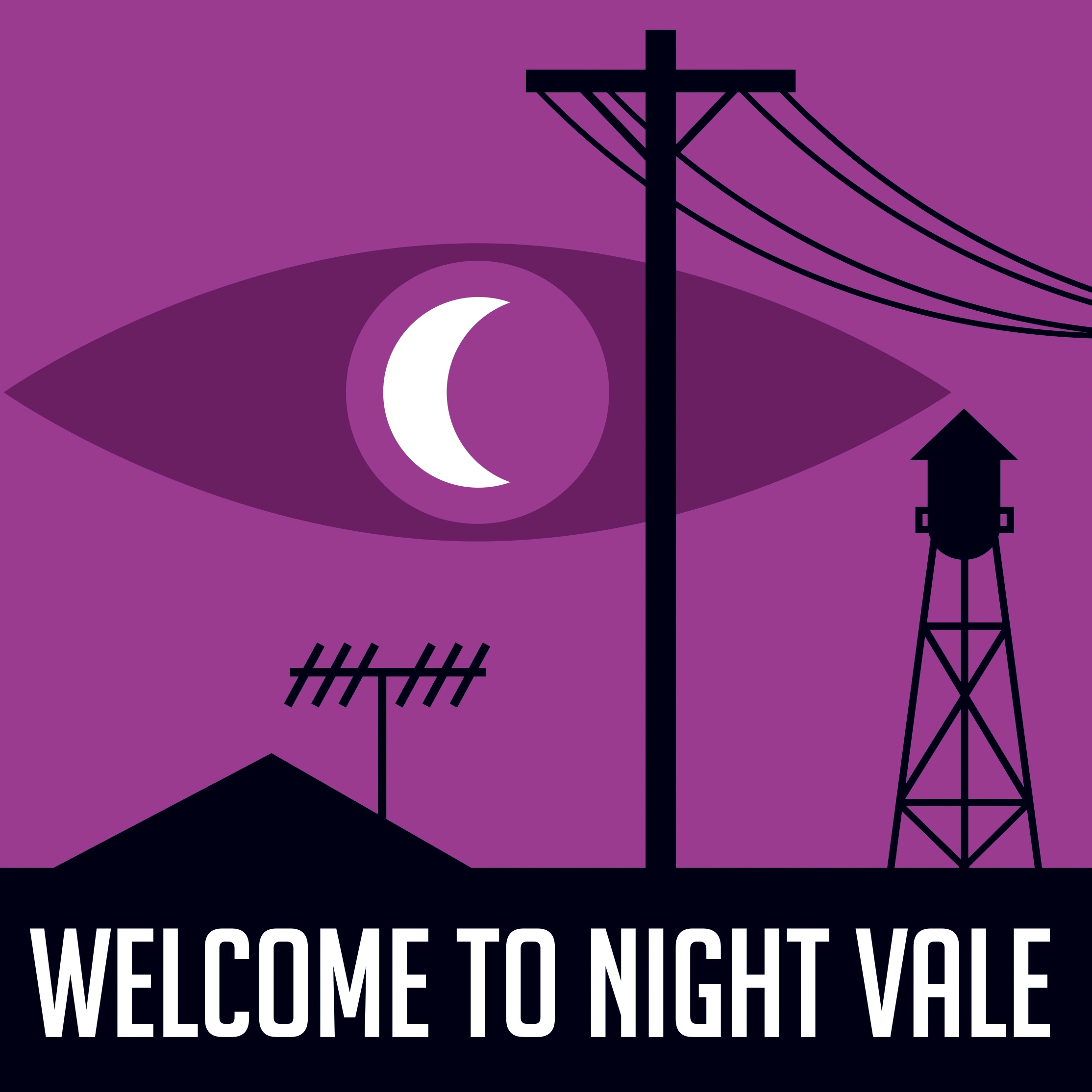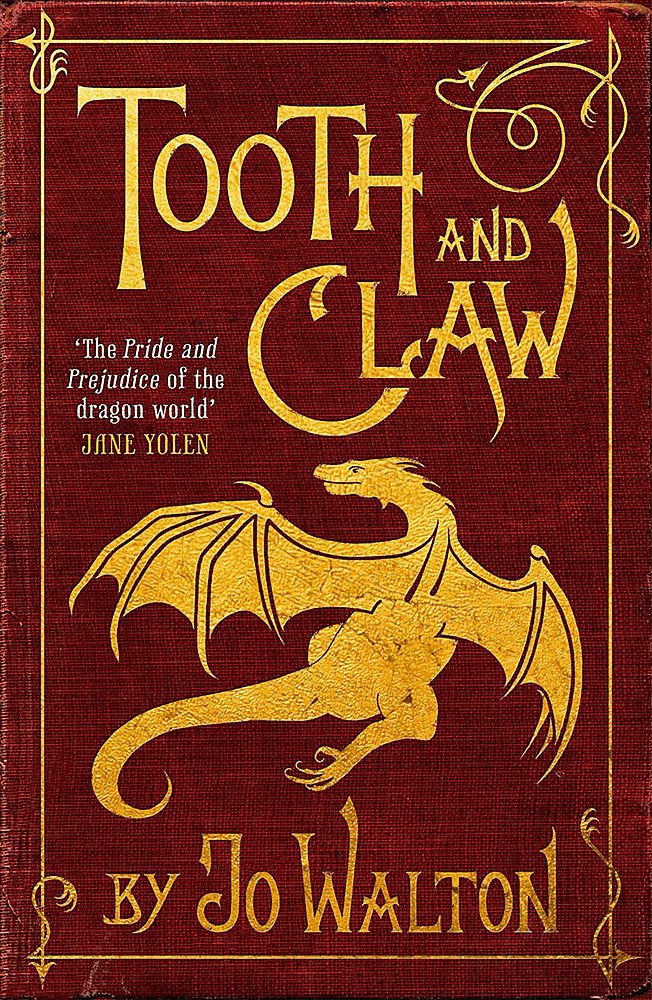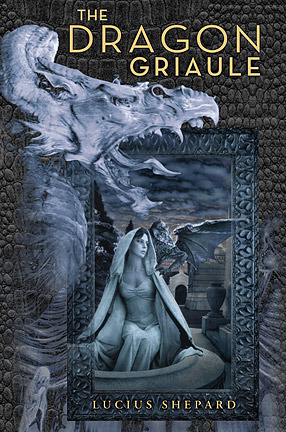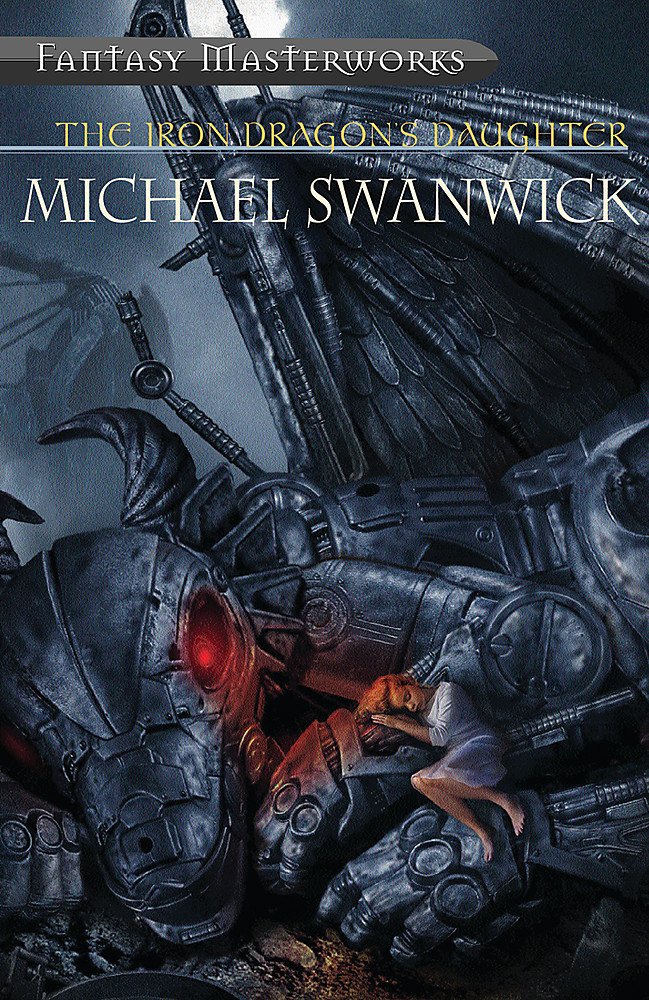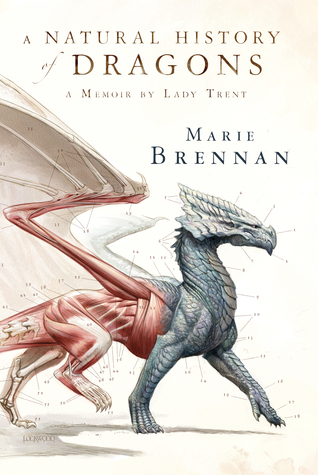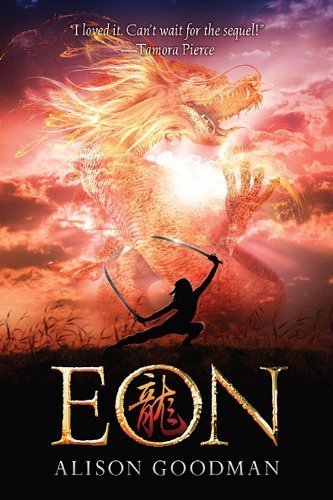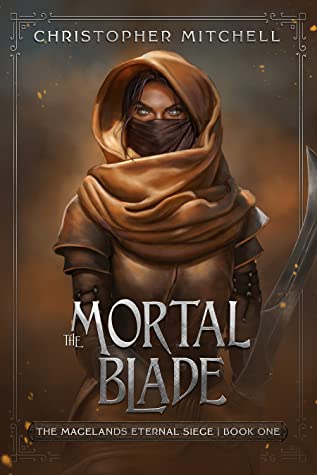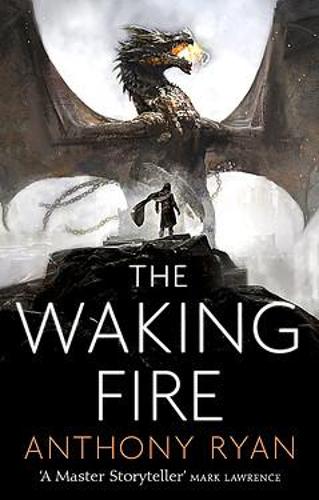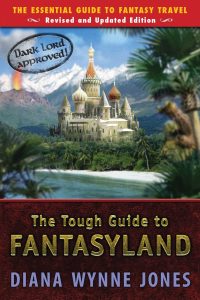Tough Travelling: Dragons
 Welcome intrepid adventurers to Tough Travelling with the Tough Guide to Fantasyland!
Welcome intrepid adventurers to Tough Travelling with the Tough Guide to Fantasyland!
That’s right, we’ve dusted it down and brought back this feature (created by Nathan of Fantasy Review Barn, revived by our friends over on Fantasy Faction, then dragged kicking and screaming to the Hive).
It is a monthly feature in which we rack our brains for popular (and not so popular) examples of fantasy tropes.
Tough Travelling is inspired by the informative and hilarious Tough Guide to Fantasyland by Diana Wynne Jones. Fellow bloggers are absolutely welcome to join in – just make your own list, publish it on your site, and then comment with the link on this article!
We’re starting the year off with a bang, and discussing DRAGONS. Here’s what Diana Wynne Jones had to say about the fantasy favourite:
Dragons are very large scaly beings with wings and long spiky tails, capable of breathing fire through their mouths.They can be almost any colour of combination of colours, though green, red, and black are preferred. They are always very old. Most of them seem to have flown to Fantasyland aeons ago across the void. This migration was almost certainly to get away from our world, where people would insist that they were dangerous MONSTERS that had to be exterminated.
Dragons, as all Fantasyland knows, are no such thing. They quite like people, provided you can get their attention. They are very wise and can do MAGIC of a type not know to other MAGIC USERS. But they do not have human emotions.
A big thank you to Beth, Nils, Gray, Jonathan, Julia and Theo for their recommendations…
Beth:
Everyone loves a dragon, don’t they? Everyone else has managed to keep their recommendations to a manageable amount, so I’ll do my best and send my silent apologies to those dragons I leave out…
I’ll start with my most recent read, and introduce you to Sue Lynn Tan’s Four Venerable Dragons from her novel Daughter of the Moon Goddess. Tan’s debut novel is a reimaging of the legend of the Chinese moon goddess, and she weaves plenty of Chinese mythology into her beautiful book, including the Four dragons of the four primary rivers of China: the Black, Pearl, Yellow and Long Dragons. I won’t say too much about their involvement in the story, but Tan did a wonderful job capturing Xingyin’s thrill of experiencing the creatures.
My next example is on the complete opposite end of the dragon scale, if such a thing exists. During the first lockdown, I started reading Quenby Olson’s Miss Percy’s Pocket Guide (to the Care and Feeding of British Dragons) on her Patreon page (and which is now available in novel format), and it was the perfect escape. We discover, along with Mildred Percy, the existence of Fitz, a baby dragon who hatches in her care. Fitz reminds me very much of a cat in his mannerisms, as he gambols about the place and extorts his demands upon Mildred; but is still very much a dragon in his flappy bitey setting-things-aflame way.
One of my all-time favourite dragons is Jen Williams’ snarky, absolutely done-with-your-shit Vostok from The Winnowing Flame trilogy. She’s prideful, and has an Attitude, and very much knows her place in the world – what you would expect from a sentient extremely powerful creature at the top of her food chain… and yet, she’s still utterly lovable. Just don’t tell her I said that.
Of course I can’t write a blog post about dragons and not discuss my own national emblem; the Welsh Dragon.
The first recorded instance of a dragon to symbolise Wales can be found in the Historia Brittonum, circa 829AD.
In the Mabinogion story of Lludd a Llefelys, Lludd digs a pit, fills it with mead and covers it with a cloth in order to capture the warring red and white dragons. They drink the mead and fall asleep, whereupon Lludd imprisons them in Dinas-Emrys in Snowdonia.
The story in the Historia Brittonum carries on the tale, telling of King Voritgern’s attempts to build a castle upon the imprisoned dragons. The castle cannot be completed, as every night the walls and foundations are ruined by unseen forces.
In answer, his advisers suggest to find a boy with no natural father and sacrifice him. The king finds the boy, a wizard; who tells the kind about the dragons. Vortigern frees the dragons from the hill, and their fight continues until the red dragon finally defeats the white dragon.
The boy tells Vortigern that the white dragon symbolises the Saxons, and the red dragon symbolises his own people.
Nils:
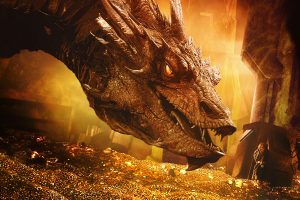 Any surprises that my first choice is Smaug from The Hobbit? Smaug is said to be the last great dragon to exist in Tolkien’s Middle-Earth, a deceitful and dangerous dragon who had laid claim to the Lonely Mountain and the surrounding areas. That is until Bilbo Baggins leaves his little Hobbit Hole and embarks on a quest which will ultimately lead him to Smaug and quite a bit of treasure.
Any surprises that my first choice is Smaug from The Hobbit? Smaug is said to be the last great dragon to exist in Tolkien’s Middle-Earth, a deceitful and dangerous dragon who had laid claim to the Lonely Mountain and the surrounding areas. That is until Bilbo Baggins leaves his little Hobbit Hole and embarks on a quest which will ultimately lead him to Smaug and quite a bit of treasure.
The Nomad from The Dragons of Terra trilogy by Brian Naslund is another one of my favourites. Dragons are a key feature in this series as they play a significant role in the balance of the environment, without the dragons much would be lost. Yet they terrorise the people of Terra and therefore are hunted. Ashlyn’s character studies the dragons, and is trying to find a way for both species to coexist. Naslund creates an appendix at the end of each book detailing the various species, their hunting habits and their average size, which I thought was a fantastic addition. The Nomad is the biggest dragon and the one who plays the most significant role within the narrative, but to say why or how would be spoiling it!
As you might tell from the title, Rage of Dragons by Evan Winters also features… dragons! Although the dragons are not seen continuously throughout the series, they are mainly reserved for battles and so mostly appear during those scenes. These are not tamed dragons mind you, they act on anger and instinct and can cause one hell of a destruction, so when not needed they have to be chained and kept subdued by six Gifted who enter Ishihogo (the demon realm) and keep the dragons in a deep slumber.
There’s also the shapeshifting Dragon Borch, from The Witcher series by Andrzej Sapkowski. The dragon’s real name is Villentretenmerth, and is one of only two known golden dragons in The Witcher world. It’s featured in the short story The Bounds of Reason in The Last Wish.
Gray:
I’m partial to historical stories, so Naomi Novik’s titular Temeraire immediately jumps to mind. The books are a Napoleonic war story akin to Horatio Hornblower, but with the boring old boats replaced with dragons like sweet, innocent, Temeraire. Who can and will absolutely destroy you if you look at his pet human wrong.
Beth’s mentioning of Fitz immediately put me in mind of Robin Hobb’s books, so I suppose we’ll need to mention Tintaglia and the bizarre life cycle of dragons in The Liveship Traders.
Beyond books, I suppose I should mention Seath the Scaleless, from the Dark Souls series, who was looked down upon by his kin for his deformities and ultimately betrayed their weakness to the gods, and Hiram McDaniels, the literal five headed dragon from Welcome to Night Vale, who was on the run from the police for tax fraud last time I listened.
Jonathan:
There’s no contest for my two favourite dragons.
One of them is the massive Griaule from Lucius Shepard’s gloriously strange Dragon Griaule stories. Paralysed by a wizard but nonetheless alive, Griaule is immobilised but continues to grow until he’s a part of the landscape itself. The town of Teocinte grows up around him. In the first story, Griaule is killed by the painter Meric Cattanay, who covers him with a mural of toxic paint. Yet Griaule continues to exert a definite and malevolent influence over the land around him for the decades to come, secretly shaping events to his twisted will. Griaule is both the venue for Shepard’s bizarre stories, and an unforgettable character in his own right.
The other is Melancthon, the eponymous dragon in Michael Swanwick’s masterful The Iron Dragon’s Daughter. Part fantasy dragon, part AI-driven war machine, built in factories by child labour from the children replaced by changelings in the Fae’s grisly industrial district, the Iron Dragon is a marvellous and terrifying creation, and one that Swanwick’s incredible rewiring of fantasy hinges upon.
I am also quite partial to the dragons in Jo Walton’s Tooth And Claw, which is a fantasy of manners, but with dragons instead of people, and is absolutely delightful.
Julia:
I like dragons. Dragons are amazing!
Be it as animals to be studied, as you can find in the Lady Trent series by Marie Brennan. So many species and types of dragons to be found all over the world!
Or be it the sentient ones that can speak like Blackrose from The Mortal Blade by Christopher Mitchell. She is a wonderful example, as she is grumpy, old, stubborn and prone to eat people she doesn’t like.
Or the dragons like they are found in Eon by Alison Goodman! These are more of the mystical / spiritual sort, and together with their human dragoneye can wield powerful magic which is used to make the empire save…
I also love those that are in between, like the dangerous beasts to be found in The Waking Fire by Anthony Ryan, whose blood can be used to make potions to give some gifted humans special powers…
Theo:
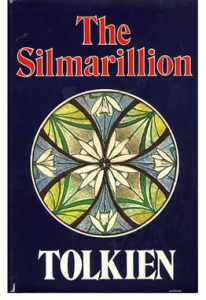 My immediate thought was of Glaurung and Ancalagon the Black, both spawn of Morgoth with significant roles in The Silmarillion.
My immediate thought was of Glaurung and Ancalagon the Black, both spawn of Morgoth with significant roles in The Silmarillion.
Glaurung was the wingless lizard, fire breathing (so definitely a dragon) and known as the father of Dragons. He was instrumental in two great defeats of the Noldor (high elves) by Morgoth’s forces and went on to sack the Elven fortress of Nargothrond. There he became the first dragon to assemble a hoard and sleep on it – a trait carried down to Smaug millenia later. With his sweet words of deceit Glaurung tormented Turin Turambar and his family playing a key role in their epic tragedy.
Ancalagon, greatest dragon of the first age, was the first of Tolkein’s dragons to have wings and fly. In the final tumult that destroyed Beleriand and brought the first age (the age of the Silmarils) Ancalagon and his winged fellows threatened to repulse the assault on Morgoth’s last stronghold. However, Earndil the mariner in what had now become a flying ship Vingilot bearing the Silmaril that Beren and Luthien had stolen came out of the west. Together with the eagles (always the eagles ffs!!) Earndil defeated Ancalagon he fell in ruin on the towers of Morgoth’s fortress Thangorodrim.
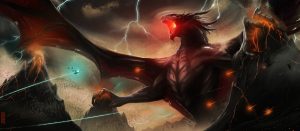
Ancalagon the Black, by Ruben de Vela
Next month, we’ll be celebrating St Valentine’s by looking at our favourite ROYAL ROMANTIC LOVE INTERESTS in fantasy.
We would love to hear from follow bloggers! If you would like to join in with our Tough Travelling, please tag us in your posts!

